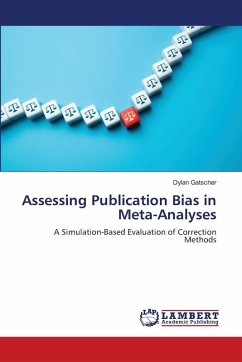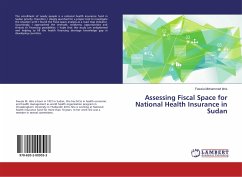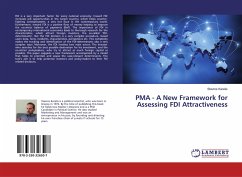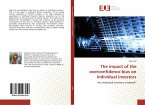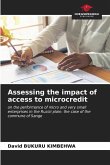This book explores the challenge of publication bias in meta-analyses where studies with non-significant results are less likely to be published and examines how this bias distorts overall effect size estimates. Through a series of Monte Carlo simulations, the study systematically evaluates three commonly used correction methods: PET, PEESE, and Trim-and-Fill. By varying the degree of publication bias, the analysis reveals how each method performs under different conditions and to what extent they can recover the true underlying effect. The results show that no single method is universally optimal, but highlight the relative strengths of Trim-and-Fill under moderate bias. This work offers practical guidance for researchers and contributes to the ongoing discussion around improving transparency and methodological rigor in evidence synthesis.
Bitte wählen Sie Ihr Anliegen aus.
Rechnungen
Retourenschein anfordern
Bestellstatus
Storno

